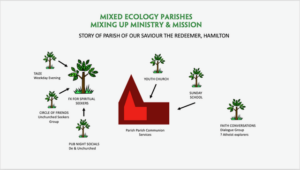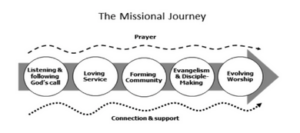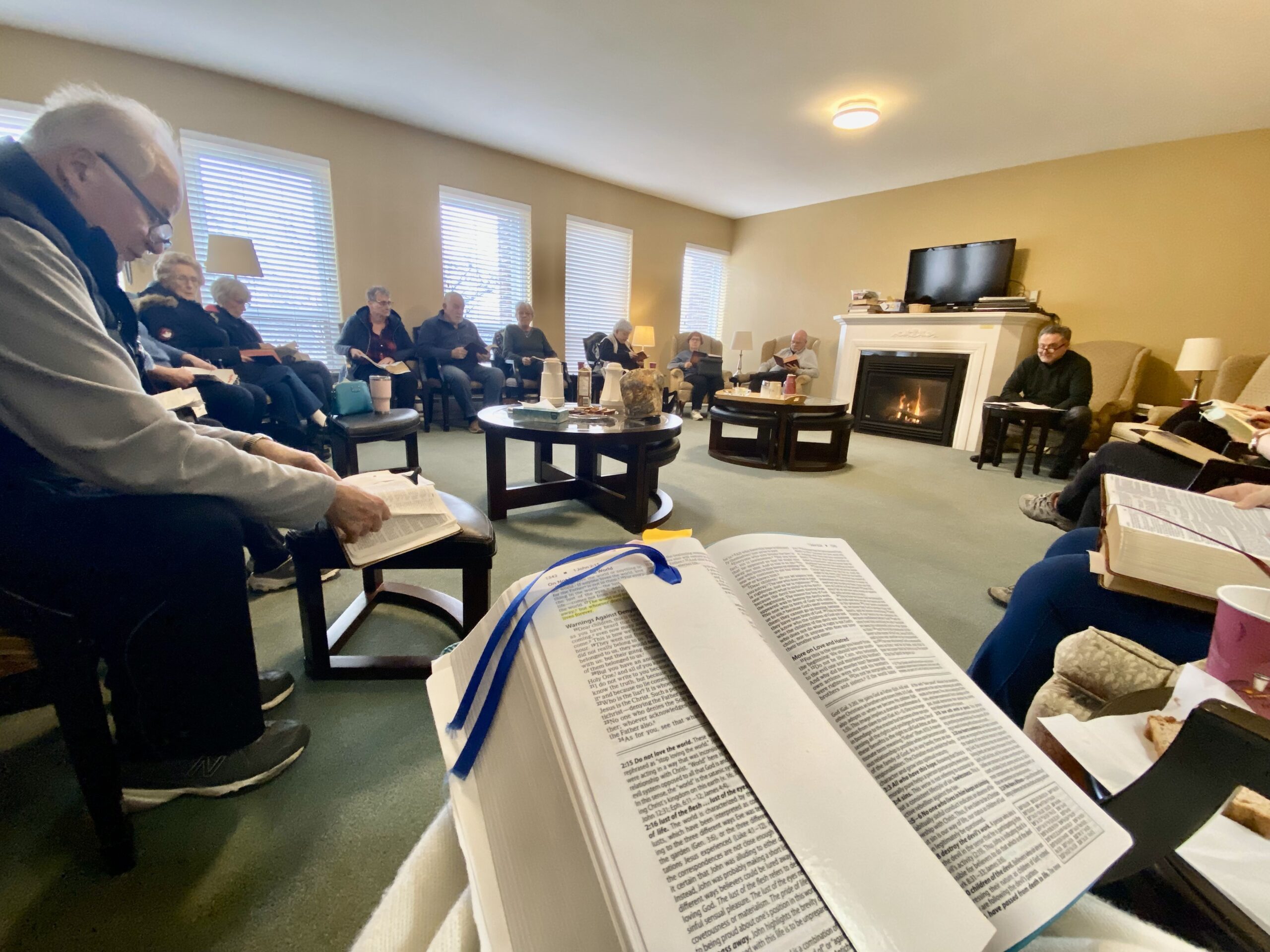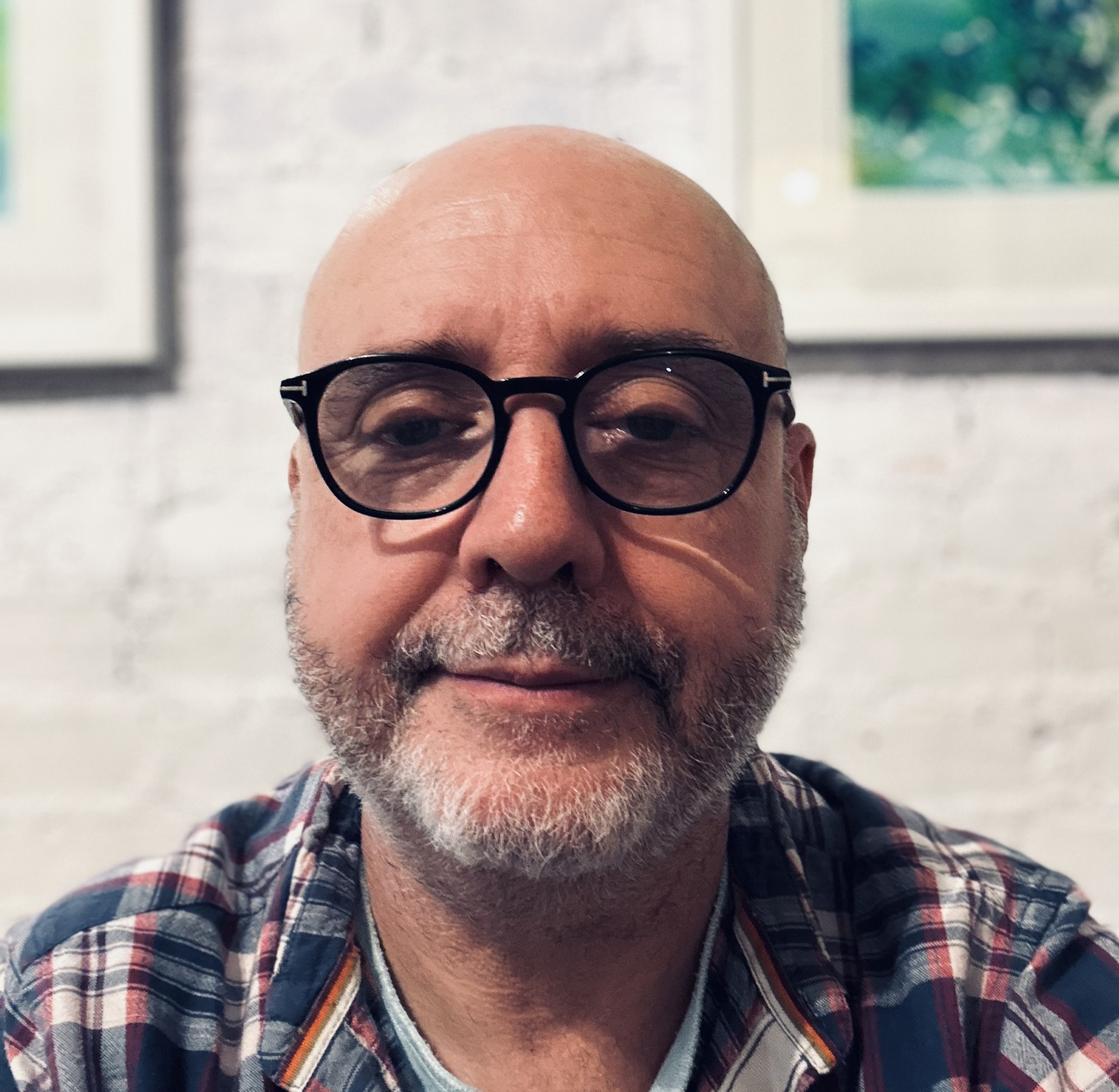The Story of Our Saviour The Redeemer Stoney Creek
Seeking to develop a mixed ecology parish church can feel daunting. Yet, in many ways, it is about being available and flexible to respond to interactions with local people living in or working in our parish neighbourhoods and the prompting of the Holy Spirit. A good example of an emerging mixed ecology parish is that of Our Saviour The Redeemer, Stoney Creek, (OSTR).
Like many parish clergy, The Reverend Canon Bahman Kalantary, rector of OSTR, makes a point of being present and available for interactions with local people in spontaneous moments as the Spirit leads. This means having an intentional visible presence outside of church buildings and not expecting people always to come to the church who don’t relate to traditional or contemporary worship services. But instead, it means being open for all, being approachable to all, particularly those who are ‘de -and- unchurched’ who may be spiritual seekers, atheists, Nones or Dones, or those who are spiritually curious but who do not trust Church or Christians. From these many interactions and listening to God and context, Canon Bahman has formed a number of relational events to respond to the different spiritual needs of local ‘un-or-dechurched’ people. (see image below)

In addition to the growing Sunday morning congregation, a new missional community is emerging in support of spiritual seekers which include Circle of Friends, Pub Night Socials, and adapted forms of Taizé services.
Circle of Friends gathers on the first Wednesday of each month, welcoming parishioners and neighbours alike. Each month features a new activity, accompanied by a light lunch and plenty of laughter. The circle is growing, reaching out to the neighbourhood and inviting everyone to experience the sense of belonging within a community of believers. This is just the beginning, and we hope the message of our openness of ‘belonging before believing’ will be heard by our neighbours.
Pub night socials originally started to support church property maintenance, but they quickly evolved into inclusive gatherings where people from diverse backgrounds could enjoy laughter and joy with the church community. Now, attendees are discovering the various ministries offered by the church and are beginning to feel a sense of belonging through their financial support and donations. This is just the beginning. Taizé Worship in OSTR is developing into new style worship as we consider the needs of the de-and-unchurched. When it began, it was a service of Taizé songs and Biblical readings. During pandemic we realized that our people from the parish neighborhood preferred a more meditative style of event and for some, somewhat surprisingly, a form of the Holy Eucharist was important, and so was added to the event. Further to this, was a request for the inclusion of prayers for healing and anointing and soon became in high demand. Today’s Taizé missional event has come to life and now parishioners are mediating on the ways to introduce and involve more people form the nighbourhood. Now every Tuesday at 3:00pm OSTR offers what they call Taizé worship.
Alongside this emerging missional community for spiritual seekers, Canon Bahman has begun a regular study and dialogue space. Several years ago, Biblical Conversations emerged in response to a palpable desire for a vibrant and practical faith experience from a mixture of people including those who were agnostic. The goal from the beginning has been to enable a deep understand of Christian writings that include the bible, mystical theology, and spirituality, the desert mothers and fathers, existential questions, and a variety of other sources to discern their relevance to contemporary life. Through constructive dialogue, participants create a space where some actively engage in discussions while others choose to listen and reflect. This environment is inclusive, safe, and open to all, encouraging questioning and exploration to support the missional journey of all those who participate. These gatherings take place every Thursday.

It is hoped that these initiatives will gather spiritual seekers, atheist questers, and the de-and-un-churched, and will in time, create new ecclesial communities birthed out of contextual mission. In so doing, we hope the process of listening, loving service, forming community, addressing Christian formation and discipleship and then finally developing new contextual worshipping communities in the parish church, will regenerate the parish church to be truly a missional hub in the neighbourhood. This process takes time and follows “The Missional Journey” diagram above.
The crucial insight is that such a mixed ecology parish vision is not about new bodies in seats for the Sunday morning service for whom such worship may not be relevant or accessible, but more about transformation, so that there may be multiple missional congregations. This mature sense of ‘unity in diversity’ vision rather than ‘unity in conformity’ challenges the unconscious expectation of many churches arising from Christendom that then frees the church to be a rich diverse ecology. In so doing, the church can grow reflecting the diversity of the parish neighbourhood and at the same time renewing the parish church to be relationally relevant and contextual.
It is hoped that in time, and with the loving patience, support and curation of Canon Bahman, that these new initiatives will become mixed ecology ecclesial communities growing new Christians, new leaders, and new vocations, where the parish corporation and parish councils become more diverse and better resourced, with new participants who can share in the practical being and doing of being part of such a dynamic mixed ecology parish church.


Starting Fresh: Spiritual Resolutions for a Faith-Filled 2026